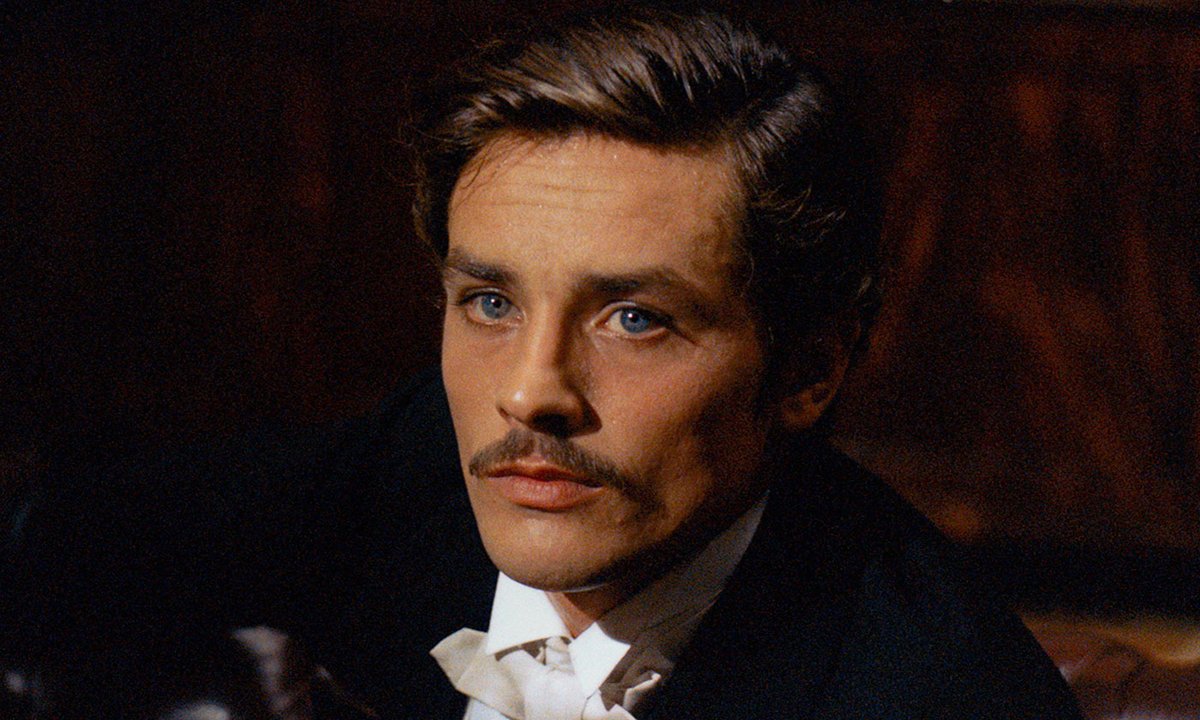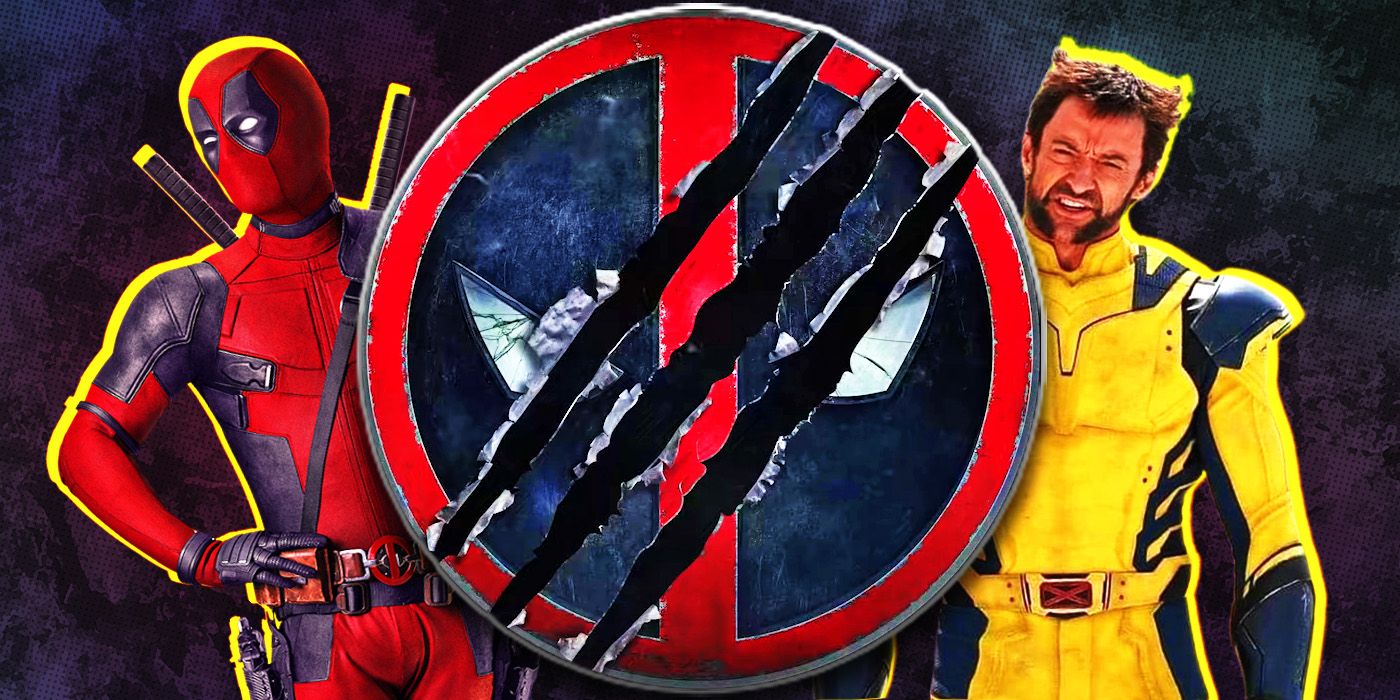While millions of people around the world admired Alain Delon for his charismatic screen presence, fewer knew that Delon was also an avid art collector whose devotion to art rivaled his devotion to film. I can attest to his insatiable appetite for collecting, which revealed a man driven by passion rather than investment.
Delon’s collection ranged from Dürer to Braque
When I first met Delon in the late 1980s, when I was working at Sotheby’s, I learned of his “serious case of collecting.” His Geneva estate was filled with works of art, reflecting his deep love of collecting. Unlike many celebrities who retreat from the public eye, Delon devoted himself to his other two passions: art and horse racing, often alternating between film premieres and appearances at auction houses.
Delon’s career as an art collector began in July 1969 with the purchase of one of the last available drawings by Albrecht Dürer for 700,000 francs. This purchase marked the beginning of a collection that initially focused on drawings but later included works by 19th-century French artists such as Jean-François Millet and Théodore Géricault. His interest later shifted to Fauvism and modern animal sculptors, particularly Rembrandt Bugatti.
Delon “bought out of passion, never as an investment”
What distinguished Delon as a collector was his impulsive character and his deep-rooted passion for art. “I bought for passion, never as an investment,” he once told me, and this philosophy resulted in an eclectic collection that spanned centuries and styles.
In 1990, I helped him organize a retrospective of his collection at the Galerie Didier Imbert in Paris. Two years later, I convinced him to loan his Fauvist Braque for an exhibition at the Musée Gianadda in Switzerland, where the work of art was even featured on a wine label – a brilliant idea by Leonard Gianadda. Delon was immensely proud to see his works on display in a museum, a moment that highlighted the depth and quality of his acquisitions.
Delon’s knowledge of art was as impressive as his collection. Between filming, he visited museums, where he continually expanded his knowledge and refined his taste. Our conversations about art were always stimulating and insightful, revealing a man as devoted to learning about art as he was to acquiring it. “When I fall in love with an artist or an era, I immerse myself in it, read everything and can talk about it,” he once told me. This intellectual curiosity set him apart from many other collectors.
When Delon played an art collector on screen
Delon’s approach to collecting reflected his approach to life – passionate, diverse and uncompromising. This parallel was particularly evident in the 1977 film L’Homme Pressé (A Man in a Hurry)Directed by Édouard Molinaro. Although not an autobiography, the story of Pierre Nioxe, a collector who lives at a breakneck pace, reflects the reality of those who work in the art world, including Delon himself.
The film is based on the 1941 novel by Paul Morand and features dialogue from Maurice Rheims, a French auctioneer who influenced my decision to pursue a career in the art market. This connection to the art world gave the film an authenticity that reflected Delon’s own experiences. As someone who knew both Delon and his co-star Mireille Darc, I could see how closely the story was tied to their lives.
Delon’s collection of sculptures by Rembrandt Bugatti
Alain Delon’s collection was remarkable not only for its breadth but also for its depth. He assembled what is probably the most important collection of works by Rembrandt Bugatti, an underrated animal sculptor.
When I think back to my last encounter with Delon – the sale of a Rembrandt drawing to a prominent New York collector – I am impressed by the legacy he leaves behind. He sold most of his collection during his lifetime because he did not want to burden his children with the responsibility of managing it.
Alain Delon’s legacy goes far beyond his contributions to cinema. He was a man who lived with the same intensity that he put into his roles, and his collecting – from old masters to 20th-century abstract paintings – reflected the evolution of his taste and his willingness to explore new artistic territories. He approached collecting with fearlessness and no boundaries, often outbidding established collectors and institutions.
Delon’s story reminds us that true collecting is not just about acquiring art, but also about the pursuit of knowledge, beauty and self-expression. His decision to sell much of his collection in the 1990s and again in 2007 was characteristic of his approach to life – he preferred to oversee the distribution of his beloved artworks himself rather than leave them to others after his death.
Alain Fabien Maurice Marcel Delon; born in Sceaux, Paris, on November 8, 1935; partner from 1958 to 1964 with Romy Schneider; married in 1964 with Nathalie Barthélémy (one son, marriage divorced in 1969); partner from 1968 to 1983 with Mireille Darc (died 2017); partner from 1987 to 2001 with Rosalie van Breemen (one son, one daughter); died in Douchy, Val de Loire, on August 18, 2024




